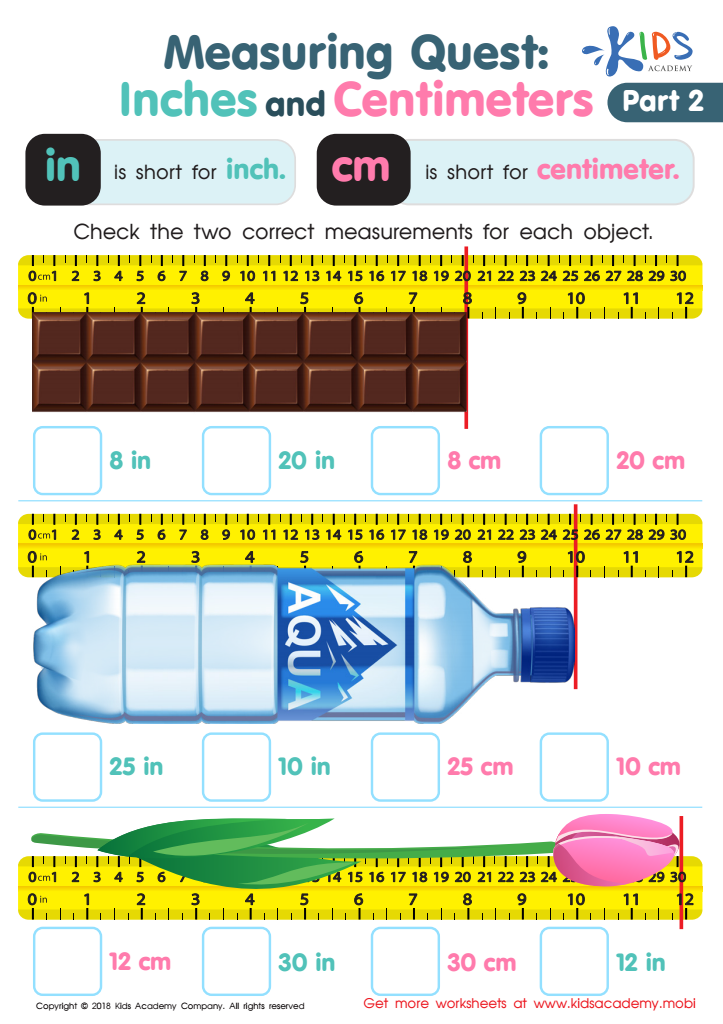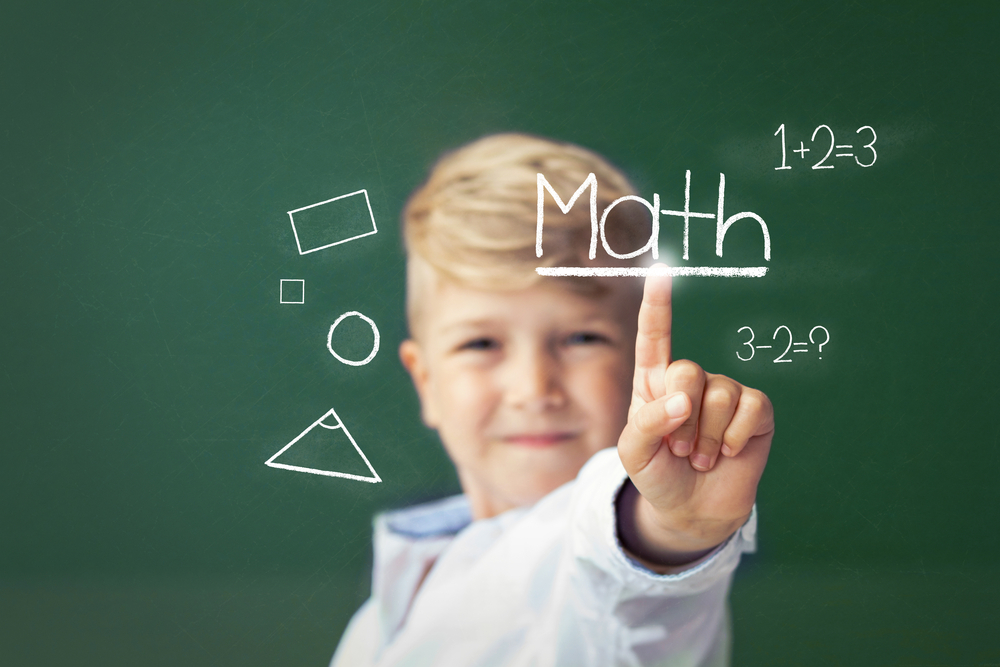Practical application Math Worksheets for Ages 7-9
7 filtered results
-
From - To
Discover our engaging Practical Application Math Worksheets tailored for children ages 7-9! These worksheets are designed to make math relevant and fun by incorporating real-life scenarios that your child encounters daily. From budgeting grocery shopping to understanding time and measurements, our activities help reinforce essential math concepts in a relatable context. Ideal for home or classroom use, these worksheets enhance problem-solving skills, critical thinking, and confidence in applying math to everyday situations. With colorful illustrations and clear instructions, your young learner will enjoy an interactive math experience that promotes both understanding and curiosity. Explore our extensive collection today!


Half and Quarter of a Bun Worksheet


Measuring Mass Worksheet


Measuring Quest: Inches and Centimeters - Part 2 Worksheet


Measure It Twice: Feet and Yards Worksheet


Bike Wheel Equal Parts Worksheet


Multiplying With Corn Stalks Worksheet
Parents and teachers should prioritize the practical application of math for children aged 7-9 because it lays a foundational understanding of mathematical concepts that children will build upon throughout their education. At this age, children are inherently curious and eager to learn, making it the perfect time to relate math to real-world situations. Practical math applications help to demystify abstract concepts, turning them into manageable, relatable experiences.
For instance, when children measure ingredients while cooking, they not only grasp concepts like addition and subtraction but also understand proportionality and fractions in a tangible context. Engaging students in activities such as shopping simulations or basic budgeting teaches them valuable life skills while reinforcing math concepts. This real-life context boosts interest and motivation, making math less of a chore and more of an adventure.
Furthermore, practical math enhances critical thinking and problem-solving skills, essential for lifelong learning. It demonstrates the relevance of math, cultivating a positive attitude towards the subject and encouraging deeper exploration. By fostering these skills early on, we equip children to navigate daily challenges confidently and successfully and to appreciate the beauty and utility of mathematics in their everyday lives.
 Assign to My Students
Assign to My Students






















